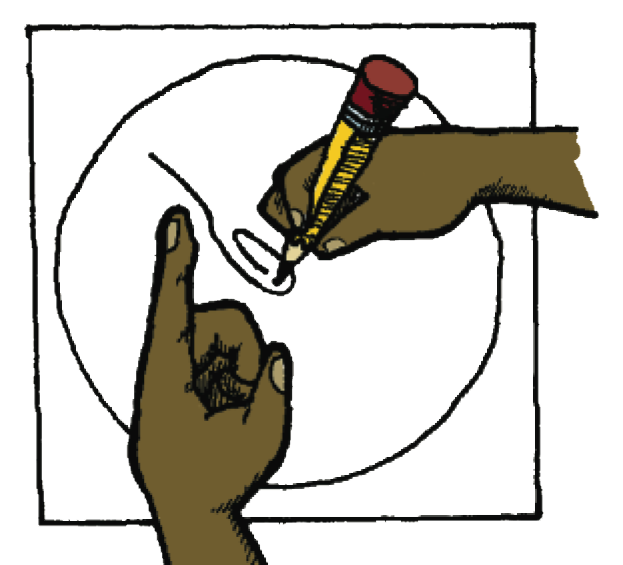This Workshop reinforces the place value activities of earlier lessons. Students practice showing numbers partitioned into hundreds, tens, and ones by drawing hops on the number line, modeling with connecting cubes, and writing number sentences.
Content in this Lesson
- Representing quantities (to the hundreds) using connecting cubes and symbols [E1].
- Composing and decomposing numbers using ones, tens, and hundreds [E2].
- Showing different partitions of numbers using connecting cubes, number lines, and number sentences [E3].
- Making connections between place value concepts and representations of numbers with connecting cubes, number lines, and number sentences [E6].
- Recognizing that different partitions of a number have the same total [E7].
- Solving addition and subtraction word problems involving two or three whole numbers using number lines, number sentences, or 200 Chart [E8].
Daily Practice and Problems U–X
Assessment in this Lesson
| Assessment | Expectation Assessed | Math Practices Expectation Assessed |
|---|---|---|
|
Shannon's Spins with Feedback Box Teacher Guide - digital |
|
|
|
DPP Item W Addition Facts Quiz: F |
|
|
|
DPP Item X Missing Addend: Group F |
|
|



















